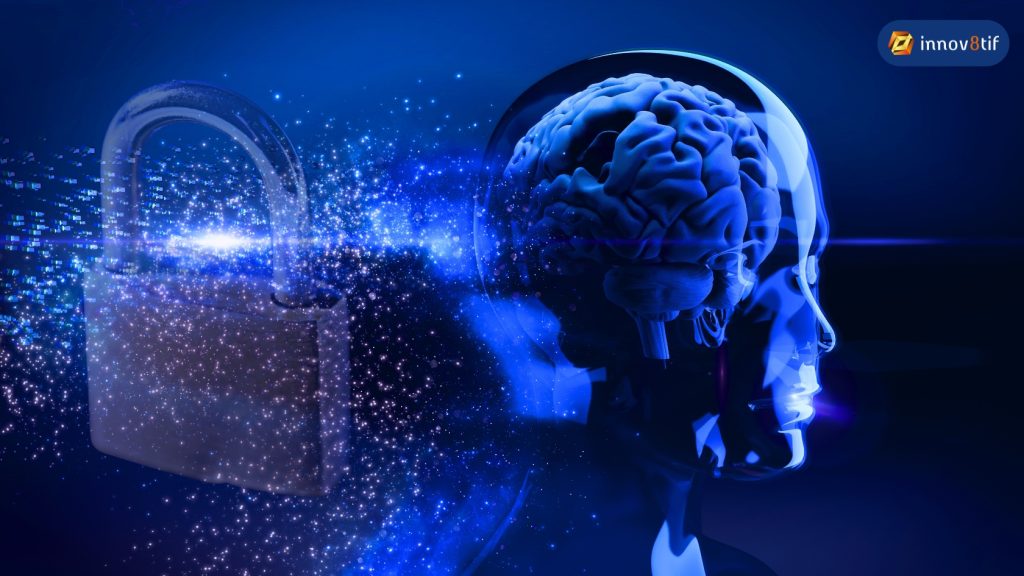Security providers have largely shifted towards the use of biometrics as a more secure and efficient authentication tool when compared to traditional authentication methods. Among them — facial recognition and fingerprint scanning stand as the two most popular biometric tools.
These two systems offer unique benefits but also come with their own respective drawbacks. In the realm of biometric authentication, how do these systems compare to each other, and which one is better suited to your needs?
What is Facial Recognition?

Facial recognition authenticates users by comparing a live image of their face with an existing facial profile in the database. Mathematical algorithms then analyse the image to verify if the features of the live image match with the stored one.
If you own an iPhone, then you are likely already familiar with facial recognition technology through its Face ID feature. However, this is only one application of facial recognition among so many others.
How Does Facial Recognition Work?

There are several processes in place that make up the facial recognition system. These include:
- An algorithm will analyse facial landmarks — such as the distance between the eyes, the width of the nose, etc.
- Utilising liveness detection systems to discern if a presented face is real or not by analysing certain properties like the texture of their skin and eye movement.
- 3D information on a user’s face can be recorded through the use of 3D cameras or a combination of 2D cameras from different angles.
What is Fingerprint Scanning?

Fingerprint Scanning captures an individual’s fingerprint and highlights its unique patterns and textures. The captured image is then compared to an existing fingerprint record in the database to verify authenticity.
By evaluating and analysing the skin ridges on their fingers, fingerprint recognition technology enables user authentication and recognition. Fingerprint identification was one of the pioneering techniques for precise individual identification and continues to be one of the most extensively utilized and effective biometric systems to this day.
What Are The Pros & Cons of Facial Recognition?
Pros
- The process of detecting a face takes only a minute or less. Since the process is almost instantaneous, it allows for fast and effective identification of an individual.
- Human touchpoints are reduced without requiring the need for physical contact or human interaction during the facial recognition process.
- The face ID recognition system also provides fast and easy workforce attendance tracking and management. It saves a lot of time for the employees to invest in other productive work.
- Facial recognition technology is simple and inexpensive to install. Facial recognition systems are also compatible with most security software — requiring only a camera.
Cons
- Facial recognition systems suffer from inaccuracy issues — particularly when it comes to assessing individuals with different skin tones or from different demographic groups.
- Unconsented storage of facial data from individuals can lead to privacy and legal issues. This is apparent when users are not aware that their facial profiles are being recorded and how they will be utilised.
- Facial recognition systems can also be easily spoofed with the right tools and techniques. Printed photos or 3D masks of an individual’s face can be used to trick facial recognition algorithms to allow access to criminals.
- Changes in an individual’s appearance can also confuse facial recognition systems. This can be caused by ageing, growth of facial hair, or even a different facial expression.
What Are The Pros & Cons of Fingerprint Scanning?
Pros
- Fingerprints cannot be imitated. Every individual has a unique combination of textures and grooves on their fingers — therefore serving as a unique identifier.
- Fingerprint scanners are inexpensive and simple to install.
- They’re simple to operate.
- An individual’s fingerprints do not change significantly with age.
- Fingerprints can be analysed with high accuracy rates.
Cons
- While it caters to the vast majority of people, it may present challenges for individuals with physical disabilities who have lost their fingerprints.
- Fingerprint scanning is heavily reliant on specific hardware. This puts the entire system at risk should a component fail due to technical difficulties.
- The process requires physical contact with a fingerprint scanner — which is not commonly found everywhere.
- The cost of deployment and maintenance can be expensive for fingerprint recognition hardware.
What’s The Difference Between Fingerprint Scanning and Facial Recognition
Facial recognition and fingerprint scanning both differ significantly in the way they are operated. For instance, fingerprint scanning requires physical contact whereas facial recognition does not.
| Fingerprint Scanning | Facial Recognition |
|---|---|
| Requires physical contact which leaves users vulnerable to germs. | Contact-free and is safer |
| Highly accurate | Highly accurate but prone to demographic and skin tone inaccuracies |
| Age has little effect on fingerprint recognition. | Age may affect facial recognition due to changes in appearance. |
| Specific fingerprint scanning hardware required | Cameras are more ubiquitous and can be found on phones, laptops, etc. |
| Inaccessible by the physically disadvantaged. | Accessible by anyone with facial features. |
| Fingerprints are unique to the individual. Can be difficult to imitate and can differ even among identical twins | Facial features can be replicated through image prints or even with an identical looking double. |
Which Is Better? Facial Recognition or Fingerprint Scanning?

There is no objective conclusion on which tool is better because the benefits offered are entirely dependent on the users’ specific needs. Both facial recognition and fingerprint scanning are powerful tools with their own advantages and disadvantages. This is why it is up to the user to determine which one works best for them.
However, facial recognition and fingerprint scanning do not have to be deployed in isolation — they can be combined to form a more comprehensive multimodal biometric authentication system. This can increase the security of many industries including financial ones, which are now starting to go digital.
Companies and organisations worldwide are already recognising the importance of biometric technology over traditional authentication systems. The rise of technology and the ensuing increase in cybersecurity attacks has prompted the need for secure multimodal biometric systems more than ever.




